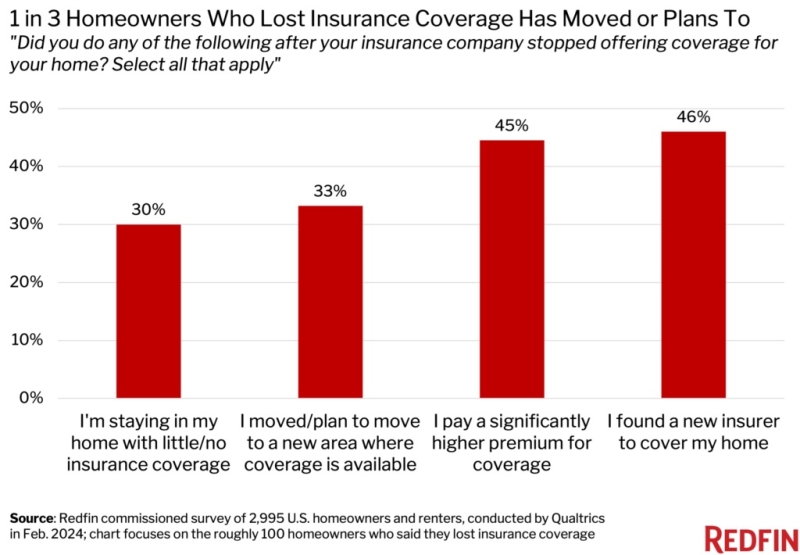NAR Study: Millennials Prefer Walkable Communities

Millennials prefer walking over driving by a substantially wider margin than any other generation, according to a new poll conducted by the National Association of Realtors and the Transportation Research and Education Center at Portland State University. The 2015 National Community and Transportation Preference Survey found that Millennials (ages 18-34) prefer walking as a mode of transportation by 12 percentage points over driving. Millennials are also shown to prefer living in attached housing, living within walking distance of shops and restaurants, and having a short commute, and they are the most likely age group to make use of public transportation.
The poll also found that Millennials show a stronger preference than other generations for expanding public transportation and providing transportation alternatives to driving, such as biking and walking, while also increasing the availability of trains and buses. Millennials likewise favor developing communities where people do not need to drive long distances to work or shop.
 “Realtors don’t only sell homes, they sell neighborhoods and communities,” said NAR President Chris Polychron, executive broker with 1st Choice Realty in Hot Springs, Ark. “Realtors aid in improving and revitalizing neighborhoods with smart growth initiatives, helping create walkable, urban centers, which is what more Americans want in their neighborhoods. While there is no such thing as a one-size-fits-all community, more and more homebuyers are expressing interest in living in mixed-used, transit-accessible communities.”
“Realtors don’t only sell homes, they sell neighborhoods and communities,” said NAR President Chris Polychron, executive broker with 1st Choice Realty in Hot Springs, Ark. “Realtors aid in improving and revitalizing neighborhoods with smart growth initiatives, helping create walkable, urban centers, which is what more Americans want in their neighborhoods. While there is no such thing as a one-size-fits-all community, more and more homebuyers are expressing interest in living in mixed-used, transit-accessible communities.”
As a whole, the survey found that Americans prefer walkable communities more so than they have in the past. Forty-eight percent of respondents reported that they would prefer to live in communities containing houses with small yards, but within easy walking distance of the community’s amenities, as opposed to living in communities with houses that have large yards, but they have to drive to all amenities. And while 60 percent of adults surveyed live in detached, single-family homes, 25 percent of those respondents said they would rather live in an attached home and have greater walkability.
When choosing a new home, respondents indicated that they would like choices when it comes to their community’s transportation options. Eighty-five percent of survey participants said that sidewalks are a positive factor when purchasing a home, and 79 percent place importance on being within easy walking distance of places. Women in particular value walkability in their communities, with 61 percent indicating that having sidewalks with stores and restaurants to walk to is very important.
When it comes to respondents’ thoughts on transportation priorities for the government, 83 percent indicated that maintaining and repairing roads and bridges should be a high priority, with expanding roads to help alleviate or reduce congestion as the next highest priority, at 60 percent. While consumers’ top two concerns are related to driving, over half of survey participants stated that expanding public transit and providing convenient alternatives to driving should also be high priorities.
TREC’s research on active transportation and urban housing choices provided a foundation to build upon in working with NARfor this poll. “It’s great to work with an organization that reaches so many professionals and has such an effect on people as they decide where to live,” said Jennifer Dill, director of TREC. “This poll shows again how strong a role transportation plays in housing decisions.”
The survey of 3,000 adult Americans living in the 50 largest metropolitan areas was conducted by American Strategies and Meyers Research in May 2015 and analyzed by researchers at Portland State University.
TREC, the Transportation Research and Education Center at Portland State University, produces timely, practical research useful to transportation decision makers and supports the education of future transportation professionals. TREC houses the National Institute for Transportation and Communities, the Initiative for Bicycle and Pedestrian Innovation and the Portal transportation data archive.





